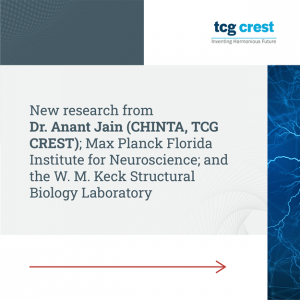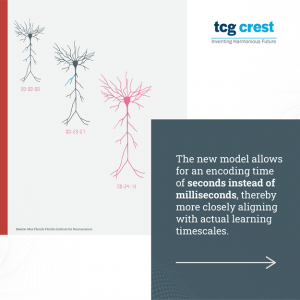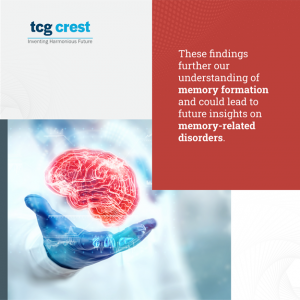For decades, neuroscientists have relied on a model called Hebbian plasticity to understand how the brain encodes information. However, computational studies show that the Hebbian plasticity rule, which requires neurons to fire within milliseconds of each other, doesn’t align with learning behaviours that happen over seconds to minutes.
In a groundbreaking study published in Nature, a team of researchers from CHINTA, TCG CREST; the Max Planck Florida Institute for Neuroscience; and the W. M. Keck Structural Biology Laboratory; have investigated the molecular underpinnings of a novel plasticity—behavioural timescale synaptic plasticity (BTSP), which explains how neurons integrate information over seconds. The research discovered how a memory molecule CaMKII, which was previously thought to function locally at individual synapses, is found to be activated across larger parts of the neuron after BTSP induction.
This breakthrough not only reshapes our understanding of learning but also opens exciting new avenues for research into memory-related disorders. Congratulations to the research team on this transformative discovery!
Read the full paper here: https://www.nature.com/articles/s41586-024-08021-8–024–08021–8




